Marlon Brando Young : A Look Back at the Hollywood Bad Boy of the ’50s and ’60s
With his pouty lips and old Hollywood charm, Brando will always be a heartthrob in our eyes

There are few actors more influential than Marlon Brando. The charisma and intensity of his performances in classic ’50s films like A Streetcar Named Desire, The Wild One and On the Waterfront made him a star, and he came to be considered one of the greatest actors of the 20th century. Brando received many accolades throughout his six-decade career, including two Oscars, and countless actors have channeled the bad-boy swagger he first originated.
Marlon Brando’s early days
Born in Omaha, Nebraska in 1924, Brando and his family soon moved to Evanston, Illinois. Brando gravitated toward acting in high school, but struggled academically, and was expelled in 1941. As he observed in his autobiography, Brando: Songs My Mother Taught Me,”I guess my emotional insecurity as a child — the frustrations of not being allowed to be who I was, of wanting love and not being able to get it, may have helped me as an actor, at least in a small way. It probably gave me a certain intensity that most people don’t have.”
As a young man, he enrolled in a military academy, where he faced further struggles leading to expulsion. Ultimately, misbehavior and lack of direction led him to acting, as he decided to move to New York, where he dove into the dramatic world and studied with the legendary teacher Stella Adler.
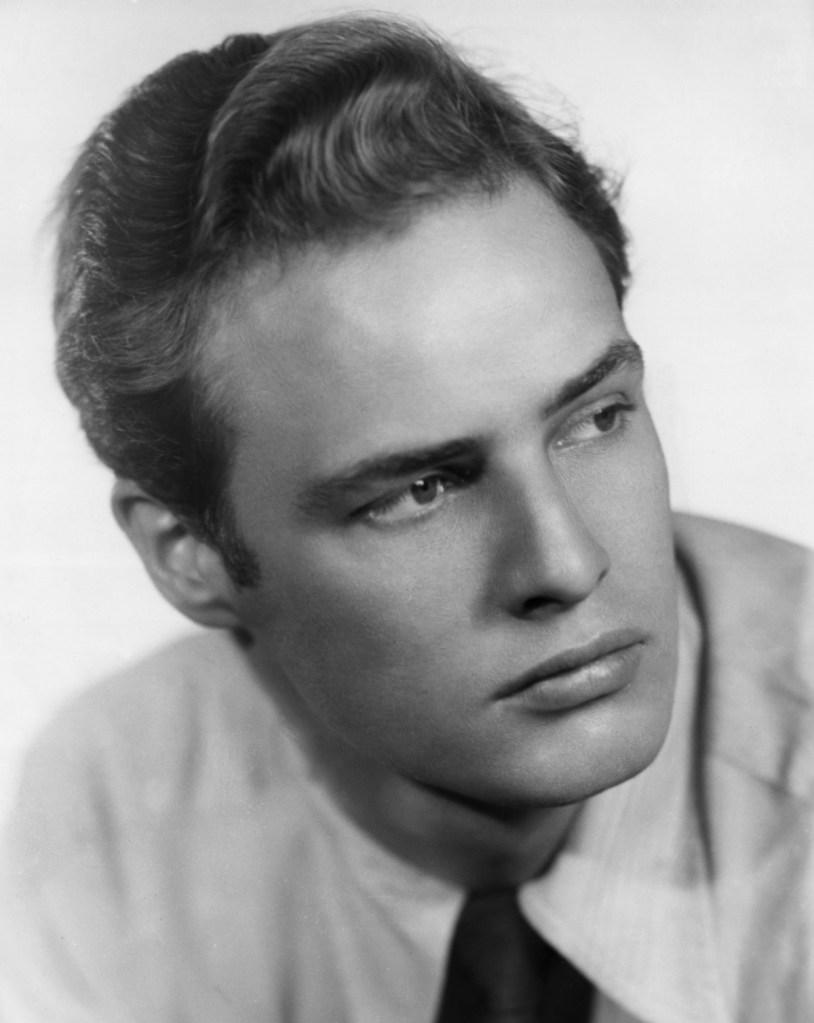
Marlon Brando’s professional debut
Brando made his film debut as a disabled veteran in The Men, a 1950 drama, but refused to cooperate with the studio publicity machine. His next role, in 1951’s A Streetcar Named Desire, an adaptation of the Tennessee Williams play, won him his first Oscar. It was an auspicious start to a career that would last (albeit with many ups and downs) until the early ’00s.
Becoming an icon
Brando’s role as Johnny, a rowdy motorcycle gang leader, in The Wild One (1953) made him a role model to the rock and roll generation. Thanks to Brando’s onscreen rebelliousness, sales of leather jackets and motorcycles went up, and future stars like James Dean and Elvis Presley were inspired by his swaggering cool.
The role didn’t just make an impact on ’50s youth, it also had great personal significance to Brando. “More than most parts I’ve played in the movies or onstage, I related to Johnny, and because of this I believe I played him as more sensitive and sympathetic than the script envisioned,” he said in his autobiography. As he explained, “There’s a line in the picture where he snarls ‘Nobody tells me what to do.’ That’s exactly how I’ve felt all my life.”
Overcoming his negative reputation
In the ’50s, Brando was a major box office draw, but his career took a downturn during the ’60s. During the production of Mutiny on the Bounty (1962), he was criticized for his tantrums, trying to alter the script and having numerous affairs. His behavior further contributed to his reputation as a difficult (though brilliant) star, but the film ultimately affected Brando’s life in a positive way, as he fell in love with Tahiti, and would go on to buy land there.
As the ’60s continued, Brando was still seen as difficult to work with. The early ’70s, however, would provide a much-needed rebirth for his career. After a string of box office failures, The Godfather, Francis Ford Coppola’s 1972 mob epic, gave Brando a much-needed boost. Brando’s unforgettable turn as mafia boss Don Corleone won him the Academy Award for Best Actor. In characteristically defiant fashion, he turned down the Oscar in protest of Hollywood’s treatment of Native Americans, and had a Native American woman named Sacheen Littlefeather show up to decline the award on his behalf.
Brando would continue acting in later decades, and while he’d often be accused of overacting or veering into caricature, he remained an icon. He died at age 80 in 2004, and nearly 20 years later, his legend remains strong. Here’s a look back at some of his finest performances.
The Men (1950)
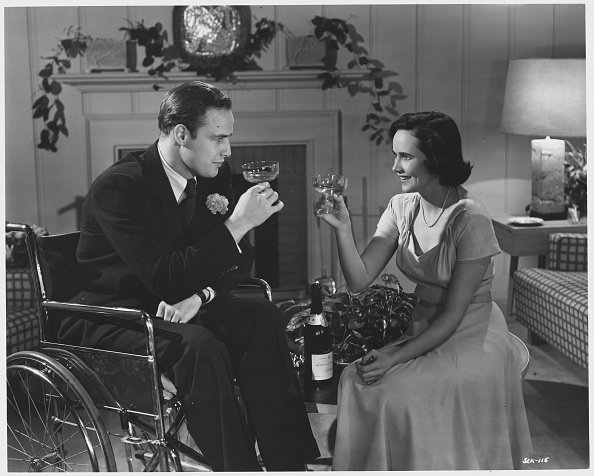
Brando made his screen debut in this drama about a paraplegic WWII veteran.
A Streetcar Named Desire (1951)
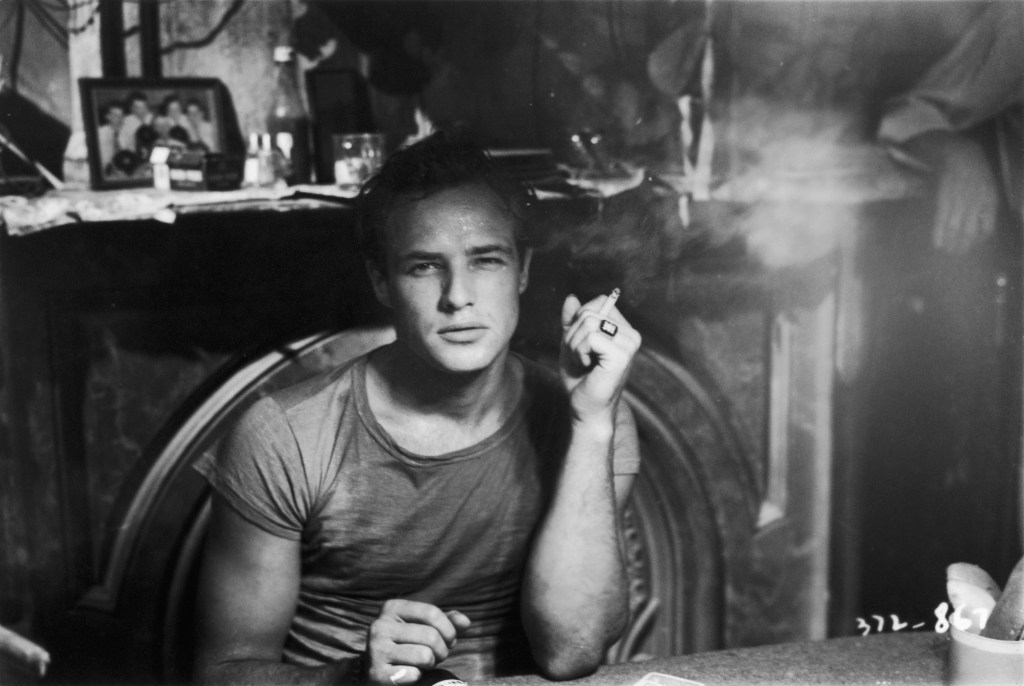
Brando played Stanley Kowalski, the brute who rapes his sister-in-law, in the screen version of this Tennessee Williams play. The film earned four Academy Awards, and gave Brando many of his most memorable early lines.
Viva Zapata! (1952)
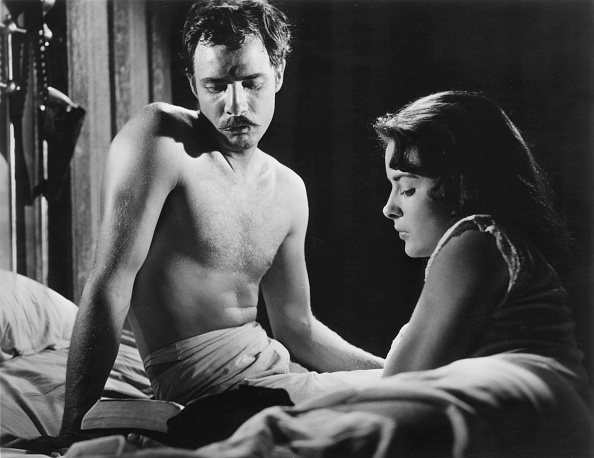
The script for this film was written by famed novelist John Steinbeck and starred Brando as Mexican folk hero Emiliano Zapata.
Julius Caesar (1953)
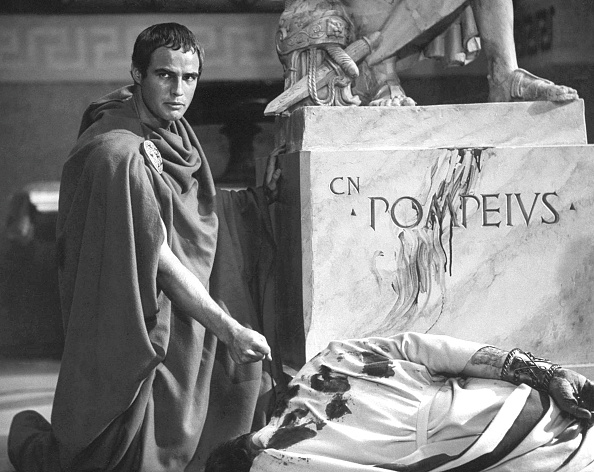
Marlon Brando played Mark Antony in 1953’s Julius Caesar. The film showed Brando’s seriousness as an actor capable of handling Shakespeare.
The Wild One (1953)
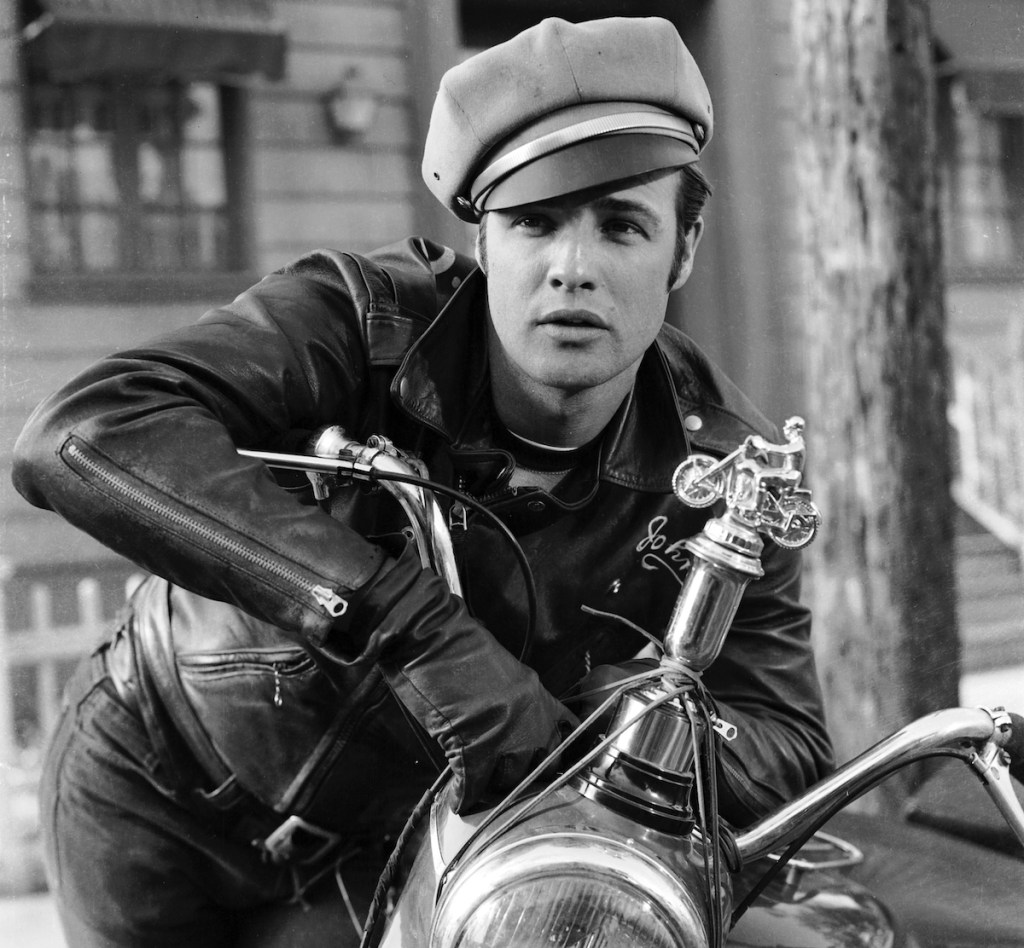
In The Wild One, Brando embodied youthful rebellion against ’50s conformity as a leather-jacketed motorcycle gang leader. The shot of him with his motorcycle became a defining image of the counterculture.
On the Waterfront (1954)
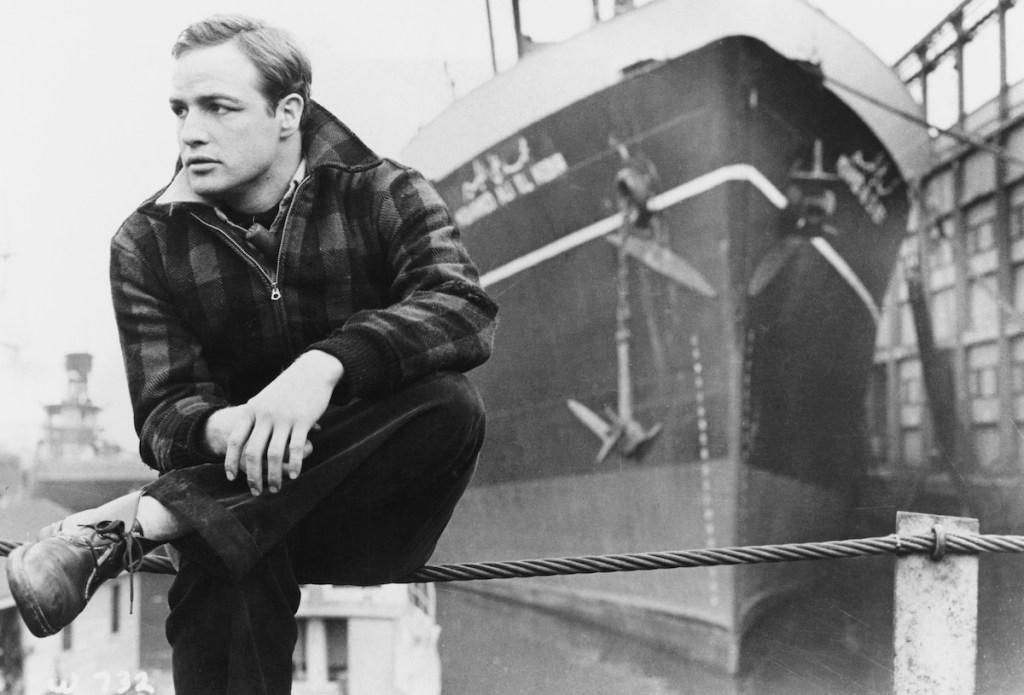
Brando’s role as longshoreman Terry Malloy brought a tortured soul to life. His line “You don’t understand! I coulda had class. I coulda been a contender. I coulda been somebody instead of a bum, which is what I am,” is widely regarded as on of the most iconic of all time.
Guys and Dolls (1955)
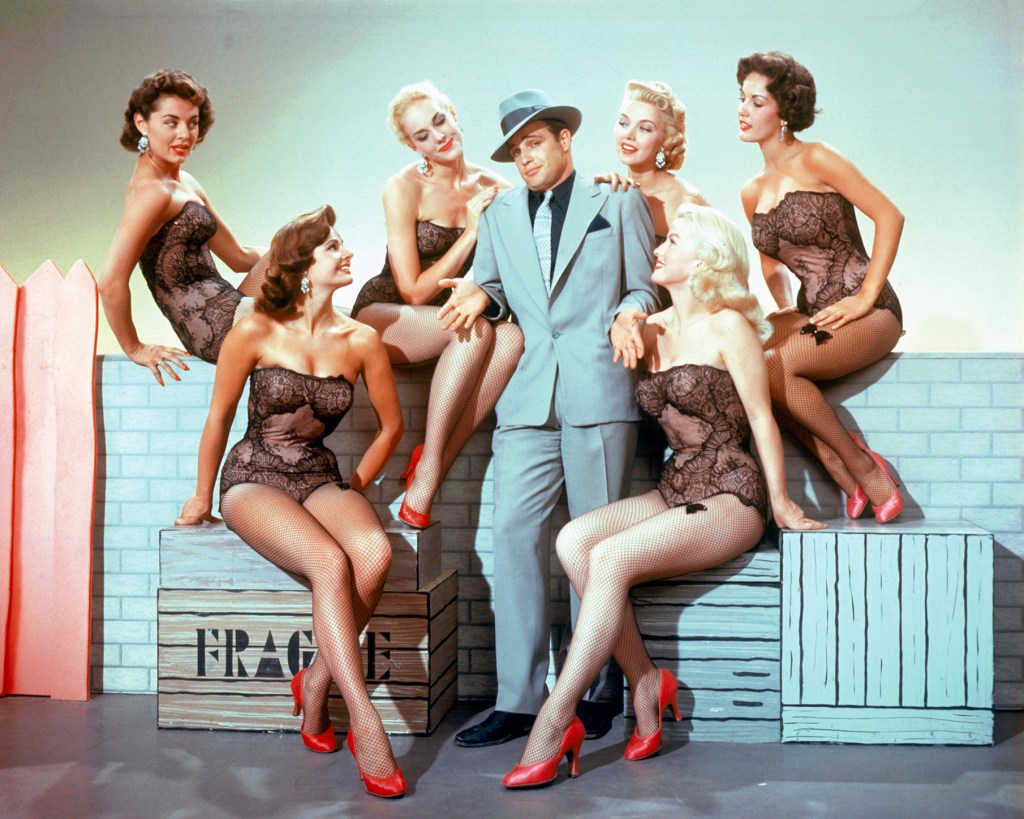
Brando sang and danced as Sky Masterson in Guys and Dolls. The colorful musical was very different from the more gritty dramas he’d been in up to that point, and he showed a new side of himself as a performer.
The Young Lions (1958)
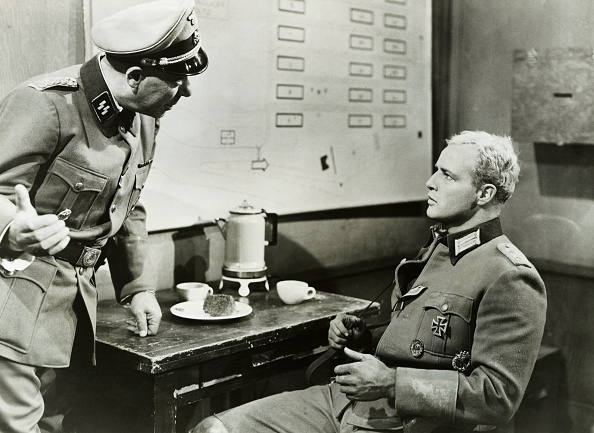
Never one to shy away from difficult roles, Brando played a Nazi soldier in this 1958 film, dyeing his hair blonde and putting on a fake German accent.
One-Eyed Jacks (1961)
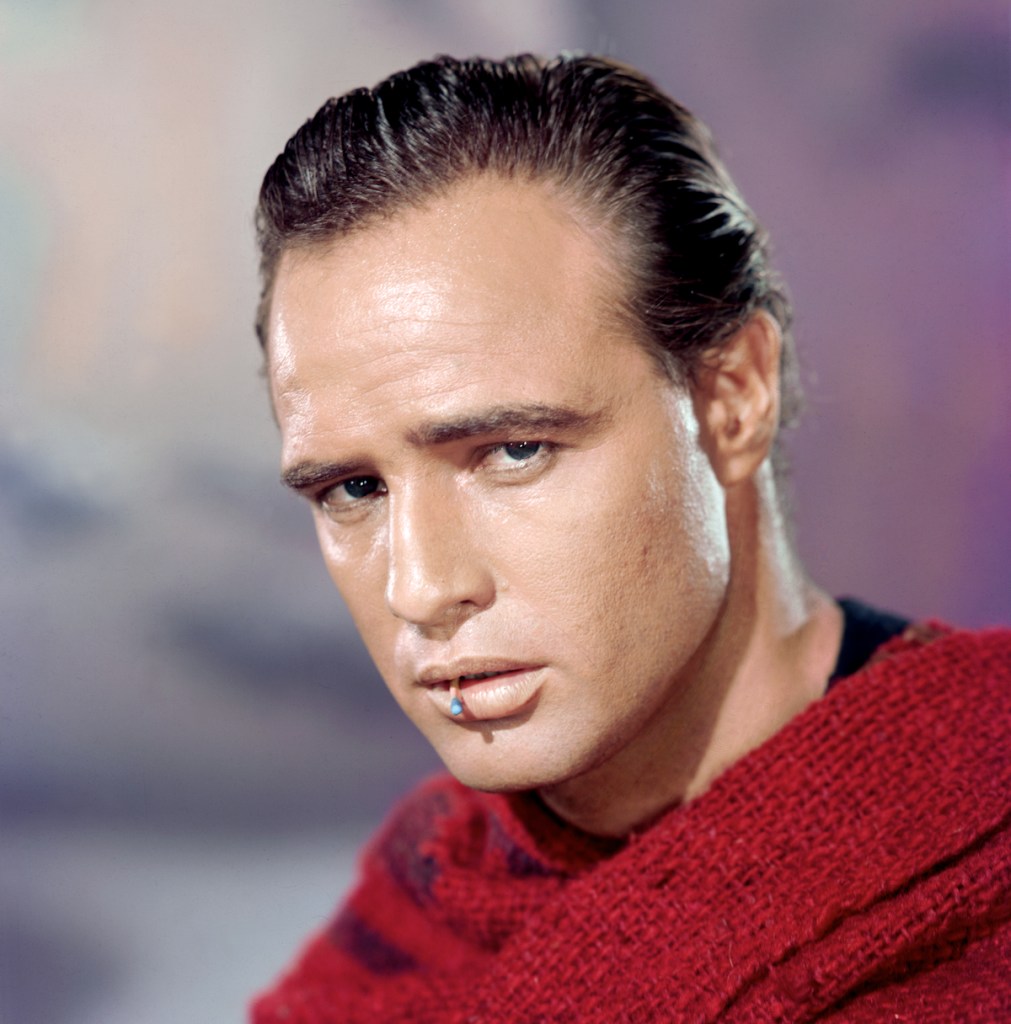
Brando added another accomplishment to his resume, with One-Eyed Jacks, a Western he starred in and directed.
Mutiny on the Bounty (1962)
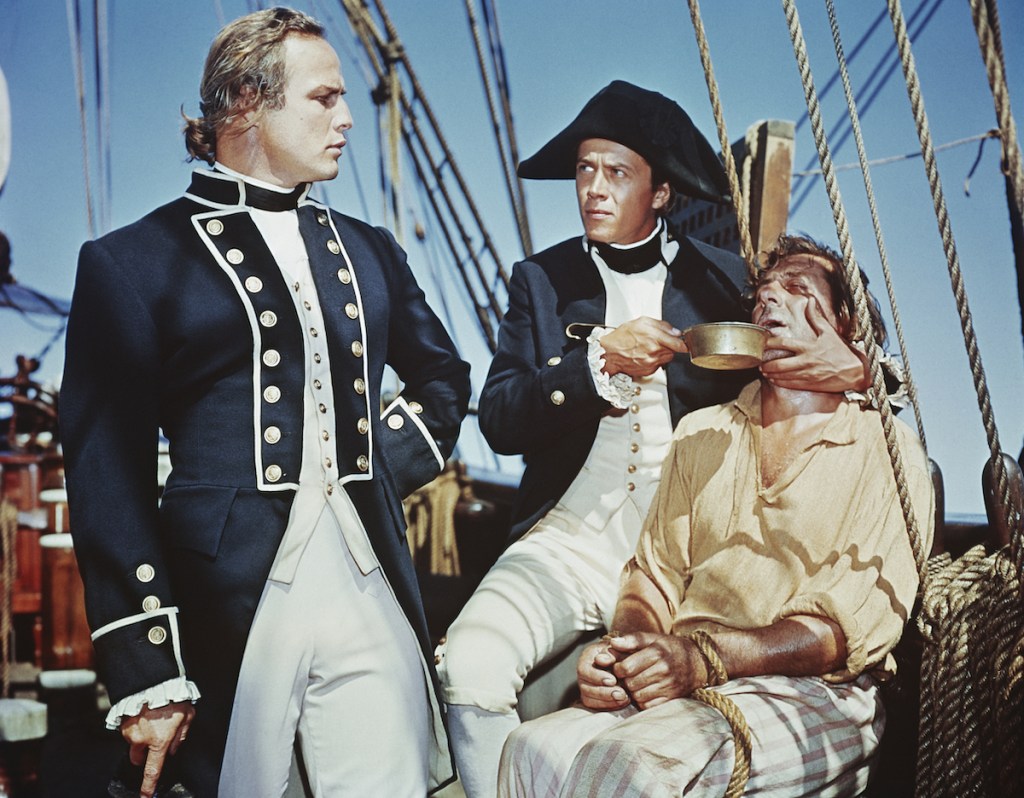
Brando starred in Mutiny on the Bounty, a Technicolor historical epic that had a troubled production and flopped at the box office. The film marked a downturn in his career.
The Chase (1966)
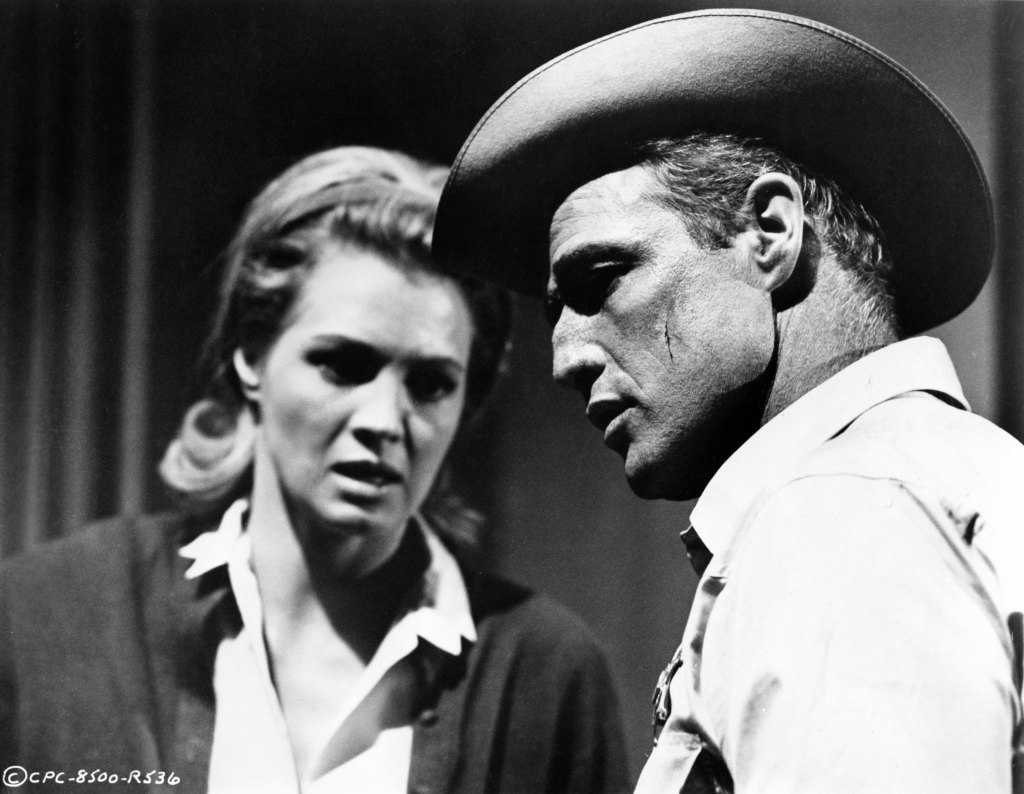
In this 1966 movie from Bonnie and Clyde director Arthur Penn, Brando played a sheriff in a small Texas town. The all-star cast also included Jane Fonda, Robert Redford, Angie Dickinson and Robert Duvall.
The Godfather (1972)
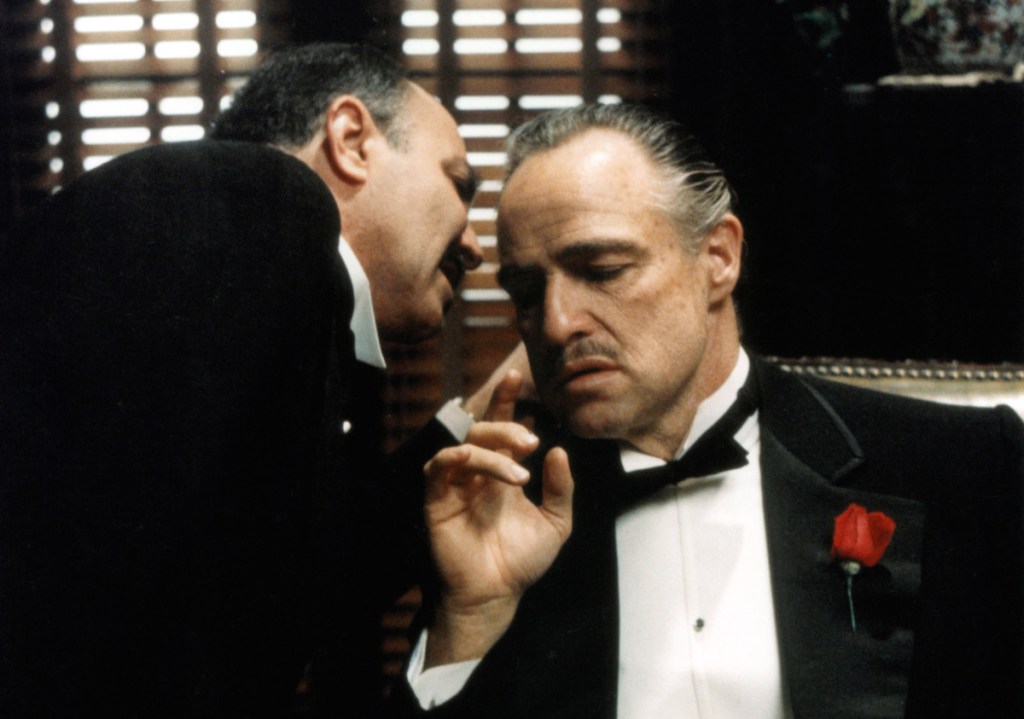
Only Brando could go from a string of poorly-received movies to one of the finest performances in career (and perhaps all of cinema). Brando saw the role of Vito Corleone as an opportunity to do something new. As he wrote in his autobiography, “I thought it would be interesting to play a gangster, maybe for the first time in the movies, who wasn’t like those bad guys Edward G. Robinson played, but who is kind of a hero, a man to be respected.” Brando would work with director Francis Ford Coppola again in the dark 1979 Vietnam war film Apocalypse Now.
Last Tango in Paris (1972)
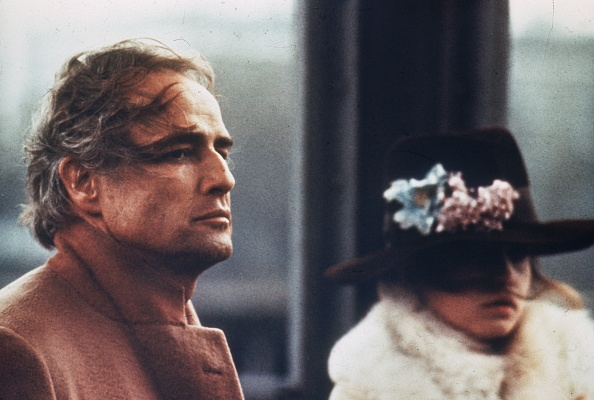
The same year he was in The Godfather, Brando also starred in Last Tango in Paris, a highly controversial yet acclaimed film that received an X rating for its graphic sex scenes.
Superman (1978)
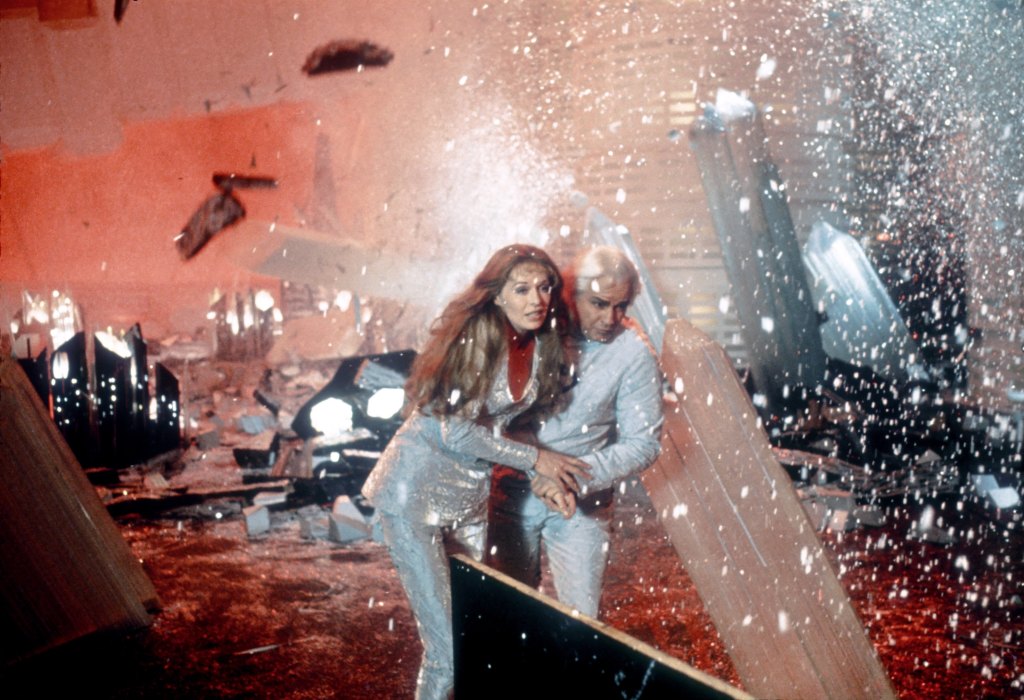
Before superhero movies dominated screens, and prestigious actors regularly showed up as comic book characters, Brando had a small part as Jor-El, Superman’s biological father, in the 1978 Superman movie starring Christopher Reeve.
A Dry White Season (1989)
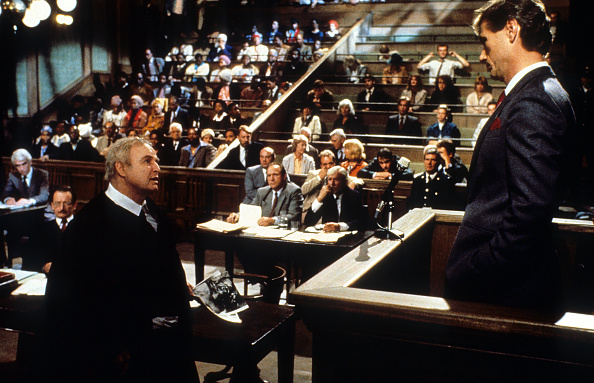
Brando received his final Oscar nomination for his role in this South Africa-set drama, which also Susan Sarandon and Donald Sutherland.
A true Hollywood icon
They don’t make actors like Marlon Brando anymore. His intensity and commitment were one-of-a-kind, and young Marlon Brando movies of the ’50s came to define a generation. Brando’s iconic roles are still quoted regularly today (admit it, you heard his lines from The Godfather, A Streetcar Named Desire and On the Waterfront in your head as you scrolled through this, didn’t you?) and his performances truly never get old.
For more Hollywood throwbacks, keep reading!
Young Harrison Ford: Amazing Throw-Back Photos that You Have to See to Believe
Goldie Hawn Young: Incredible Retro Photos That You Have to See To Believe
Jaw-Dropping Photos of Young Helen Mirren Proving That She’s Always Been The ‘Queen’













